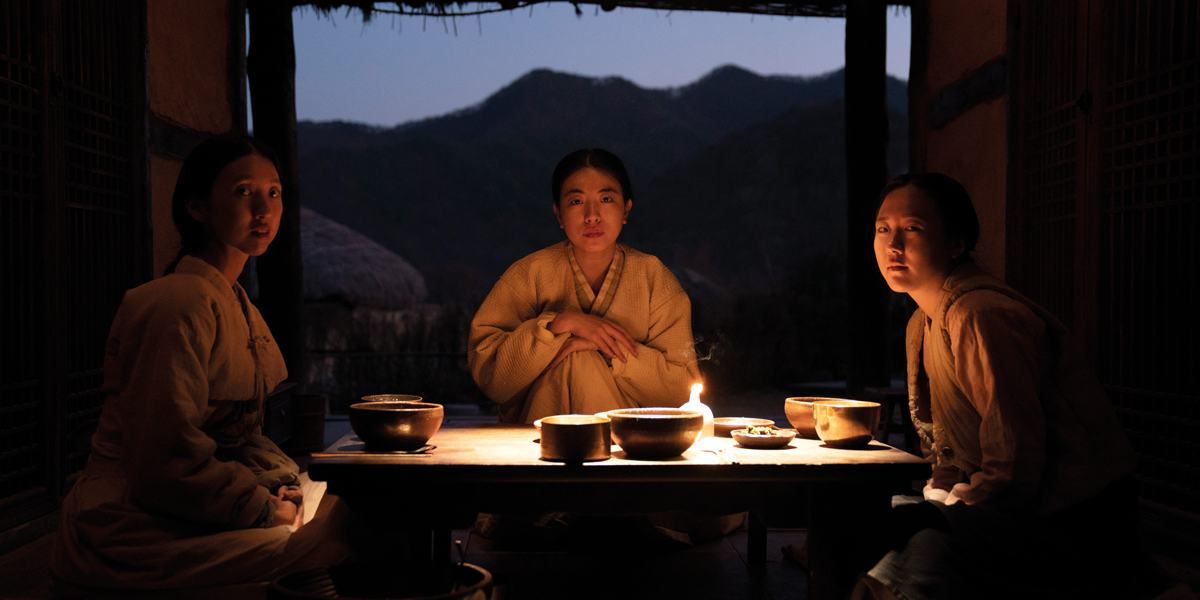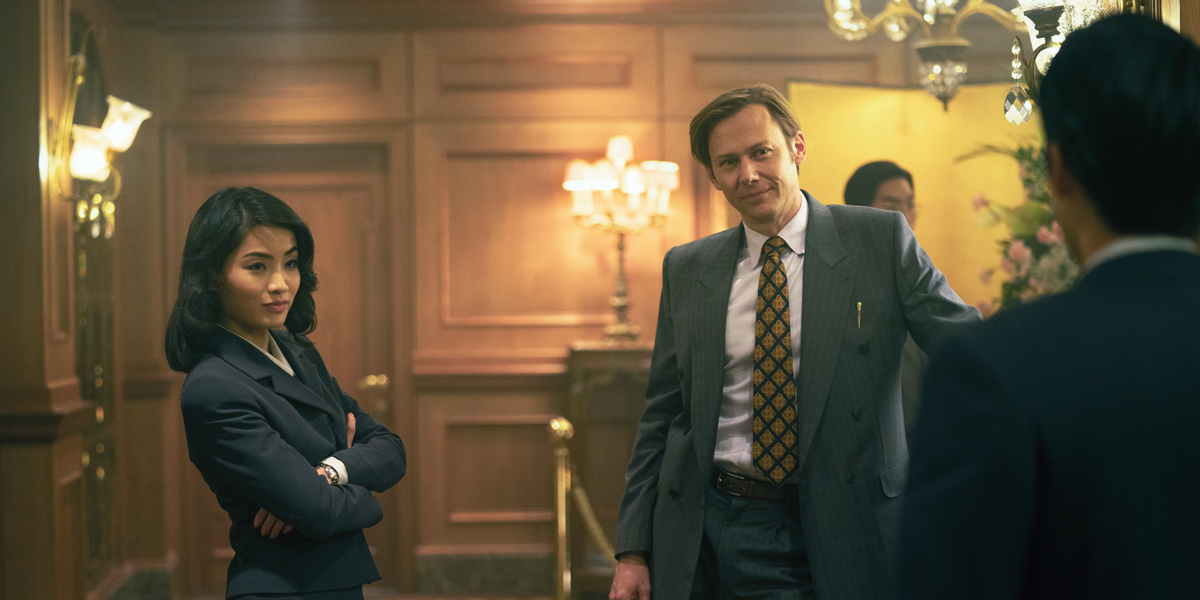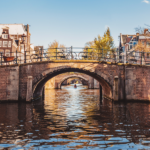
Pachinko: (Not) Done by the book
Posted on Sep 8, 2022 by Samara Husbands
Pachinko challenges the viewer to invest early, and reap the benefits of a tale for generations
Words Julian Mitchell
Pachinko’s showrunner and the adapter of the original book, Soo Hugh, didn’t want her creation to emulate something you might see on Masterpiece – with due respect to that channel. There, you can catch such British stalwarts as Downton Abbey and All Creatures Great and Small; but Pachinko was more important than that.
This was a show that promised to bring closure – or at least some objectivity – to what was left of the millions of Koreans that were forced into Japan during their annexation and colonial rule. Nearly half of them were brought over to become labourers. The majority returned at the end of World War II, and the rest became stateless.
Min Jin Lee’s 2017 book of the same name had generational ambitions, tracking the descendants of Sunja, a young Korean girl, born into poverty on occupied land. We follow her life from when she left Korea to almost present-day Japan, with strands of her family’s lives enveloped in the tale.
The book was a huge hit in the US and chimed with that country’s Korean immigration past. But Soo Hugh looked beyond a single nation’s narrative, wanting a more universal story that all immigrants could relate to.
Three-language challenge
For such a sweeping, epic tale, the production needed two sets of directors and executive producers: Kogonada and Justin Chon, who made four instalments each. Kogonada directed episodes 1, 2, 3 and the special 7 (more on this later), while Chon directed 4, 5, 6 and 8.
Unfortunately, Japan couldn’t accommodate the production, due to restrictions enforced by Covid-19. But South Korea could – and Canada was chosen for everything else. Although the biggest difference was, again, due to the pandemic. All shooting happened consecutively in Korea, then Canada. That meant the episodic blocks wouldn’t follow one another, as all locations had to be shot in a linear fashion.
As for dealing with the shifting sands of different eras and three-language challenge, the idea was to show restraint. Captions would be coloured to identify them, and there wouldn’t be any colour grade device to place you in time.
It was all about handing the audience some semblance of respect, to understand more as they became invested. However, the team’s initial idea was a tad left field.
DOP Florian Hoffmeister explains how, in the end, Apple managed its expectations. “Kogonada and I started talking about how we were going to shoot, and saw an opportunity to stamp a look with a different use of subtitles. He came up with an idea that did away with the traditional means of letterboxing. Instead, he suggested: ‘Why don’t we push the picture up and double the space at the bottom, not unlike a Polaroid?’
“We could then put the subtitles in that black area, so they were part of a graphic composition and not just traditionally laid onto the picture. The image then might stand out differently.”
As part of pre-production – and to prove the point – Kogonada and Hoffmeister shot some scenes with a couple of different lenses and stand-in actors. Inevitably, they started creating an aesthetic, looking to form an optimal way to tell such a huge, character-led story.
“You start making something together,” Hoffmeister explains. “For instance, we shot some close-ups and discovered it shouldn’t be too near. For us, a close-up looked at the shoulders and up, which some people might call a mid-shot. Then, when we really did close-ups, they would stand out more.”
Ultimately, Apple was the arbiter of this quirky subtitles idea and reined it back. “They just feared it was a step too far,” comments Hoffmeister.

Subverting the series bible
But the die was cast. Kogonada and Hoffmeister were finding common ground with their ideas for the look of the show. Episode 1 was theirs, and traditionally that means they would set the look for the rest of the season. But Hoffmeister felt this usual practice was too rigid for Pachinko and there should be room for a looser brief.
“Normally, block one would set the look and block two continue with it. But I felt Justin Chon, as a filmmaker, is so different from Kogonada that there was definitely room for watering down this ‘series bible’. It would be far more interesting if the second block made decisions of their own, based on filmmaking preferences.”
For instance, that would mean more handheld shooting for block two, where block one didn’t feel it was appropriate. Also, block one wouldn’t differentiate between the look of different places; oppression in Korea looked much like oppression in Japan, although there was an inherent time disparity. “Block two would look to separate them by using different lenses for distinct purposes,” the DOP adds.
Ego death
Hoffmeister operates from a place of managing his own ego, as far as work goes. He quotes Polish cinematographer Sławomir Idziak, whom he studied under at film school. “I will always remember what he said: ‘Cinematography is only important in the first five minutes and the last five minutes. One sets you up; the other releases you into the night.’ In the middle, it’s all about the script, characters and performance.
“You have to overcome your own ambitions at times – and really contemplate when to show something,
or when it’s better to stand back as things develop. At certain moments, you don’t over-craft it.”
In fact, Hoffmeister is almost challenging the audience to fill in the gaps. He doesn’t believe in disrespecting their intelligence, especially in this current world with mountainous levels of available content. “We shouldn’t think they’re stupid,” he concludes.
Special Episode
In the penultimate chapter of Pachinko, episode 7, the production really flexed its muscles and, literally, went off script. In fact, the story of Hansu isn’t one that you’ll find in the book – this was a Soo Hugh invention. It featured megastar Lee Min-ho as Hansu, but was created as his origin story before his time in the main episodes of the show.
The special episode was the last one shot in Korea before production moved to Canada, so the crew were ready for this complete change of story and shooting regime.
“We were stepping out of the usual narrative and changing the filming rules as well.” These started with the adoption of a 4:3 aspect ratio and were followed by a new look – an almost hand-coloured black & white aesthetic, developed by colourist Tom Poole of Company 3.
The episode ostensibly tells the story of Hansu, who was trying to get to the US in search of his fortune, but soon turns into the devastating story of the 1923 earthquake that hit Yokohama. Director Kogonada – a proponent of the use of form – was keen to direct it with its new shape, bringing Hoffmeister with him, who wasn’t slated to shoot at all.
Bringing in such a boxed aspect ratio would again ask a lot of the audience; they had to imagine what else was going on in the frame, having had the luxury of a widescreen view before. “It’s almost like looking through a keyhole,” comments Hoffmeister. “There were certain rules we had to adhere to with the rest of the show, but here we could step out of that.”

Bigger can be better
For all episodes apart from 7, Hoffmeister and Kogonada had decided to shoot in widescreen at around 2:1 aspect ratio. The idea stemmed from this sense of space mixed with ideas on close-ups, leading to the use of large format cameras and lenses. His experience with large format became an opportunity to keep this idea of space – and have a feeling of intimacy at the same time.
“With large format cameras, the field of view is slightly bigger, due to the larger sensor. To me, even if some people dispute this mathematically, I think it’s a format that enables you to depict space while being close to characters. So, on large format I can use a 40mm lens – which is a nice close-up lens, but has roughly the field of view of a 32mm.
He chose Sony Venice cameras and Panavision Panaspeeds for optics. “We tested a few lenses, but wanted something that had a very pleasing roll-off in terms of out-of-focus areas. Also, we didn’t want something with a very strong period feel, so it shouldn’t interfere. Almost as if the glass is the layer through which you see. You want it to be clear, but with a hint of romanticism.”
Pachinko almost harks back to saga genre storytelling, like Rich Man, Poor Man or Winds of War. It’s the televisual equivalent to the big holiday novel. But if you watch it, you’re in for a treat, especially if your immigration story still needs resolving.
The one and only season of Pachinko is available on Apple TV+. Hoffmeister’s most recent project, Todd Field’s Tár, is premiering in competition at this year’s Venice Film Festival. He is currently in pre-production in Iceland for the new season of HBO’s True Detective
Originally published in the September 2022 issue of Definition.













